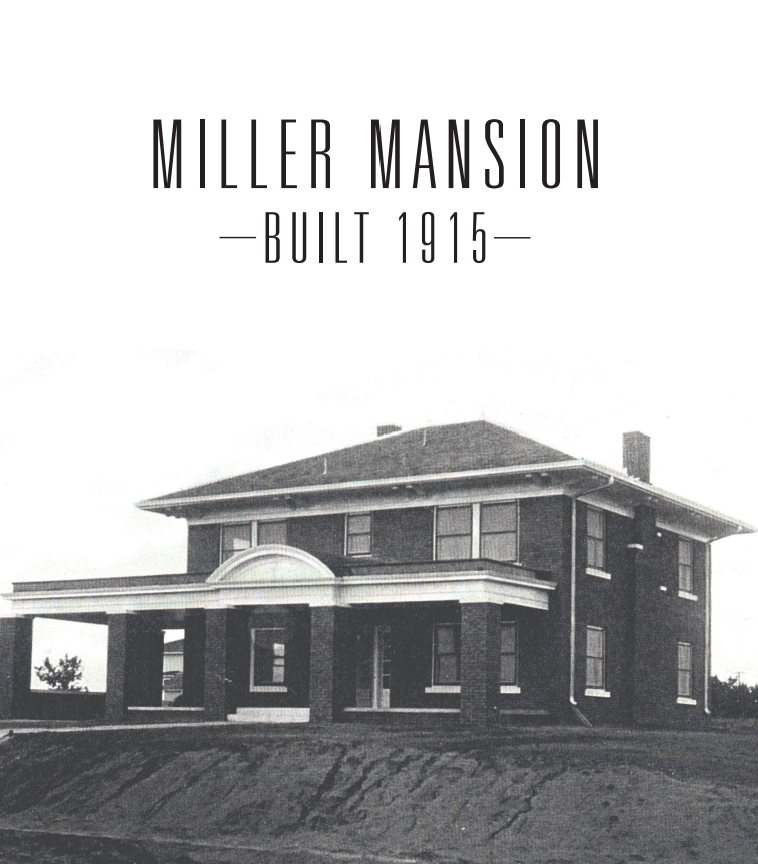
History
Miller Boulevard Addition
Miller Neighborhood is bounded by NW 10th Street and NW 16th Street and N. Villa and N. May Avenues. The 160+ acres was first obtained by Luke Ellison in 1890 for the sum of $200. The land changed hands many times as homesteaders flocked to Oklahoma Territory. In 1893 the first farm house was built on the land. The house, a two-story Queen Anne, is the only home of its style in the neighborhood. Over the years it has become known to the neighborhood as "the old farmhouse" and still stands today along with its original barn.
Times were moving fast for those who found their way to Oklahoma Territory and land ownership changed almost as fast. In 1901, George Miller obtained the land, then four years later in 1905 he platted the area for the first time. It became known as the Miller Addition of Oklahoma City. the streets named Linn, Ross and May are reportedly named for members of the Miller family.
In 1907, six years later and two months before statehood, Mr. Miller replatted the land and it became the Miller Boulevard Addition and remains as such today. The new platt set aside certain strips of land for the exclusive use of the Oklahoma Railway Company. A strip of ground was designated to run through the center of Miller Boulevard for a railway but no actual railway was ever built. However, the well-known Linwood streetcar line did run thru the median of NW 12th Street.
The Miller Mansion - N. Miller Boulevard
Initially the Miller family lived and farmed along the north side of NW 10th Street; however, in 1915 the Millers decided to build a larger home as their family expanded to six children. They chose a prime parcel of land totaling 11 acres, high on a hill, in the southwest corner of the neighborhood. They also chose a very prestigious Neo-Classical design for their home making it one of a kind in the area. Later years, tall white columns to a front verandah area. The home is known to the residents of Miller Neighborhood simply as "the Miller Mansion"...the home of one of Oklahoma City's first developers.
The Legacy. . .then and now
Homes in Miller Neighborhood consist mostly of Tudor Revivals and Craftsman Bungalows. The Tudor Revival homes are gabled cottages with steeply pitched roofs, arched entryways and detailed combinations of brick, stone and stucco. These were the quaint but modern homes of the 1920's. They're well built, affordable and by placing the projecting gables in different locations, each house looks different from its neighbor. The Craftsman Bungalows are identified by their wide, overhanging eaves, exposed rafters, wide porches and square columns. Also, scattered throughout the neighborhood are fine examples of Colonial Revivals, Mission styled homes and Neo-Classical homes.
Miller Neighborhood is now an inter-city neighborhood. George and Nellie Miller's legacy is found in the distinctive architecture of our homes, the friendly faces of our neighbors and our strong community spirit. This is the future they planned and dreamed for their Miller Boulevard Addition.
